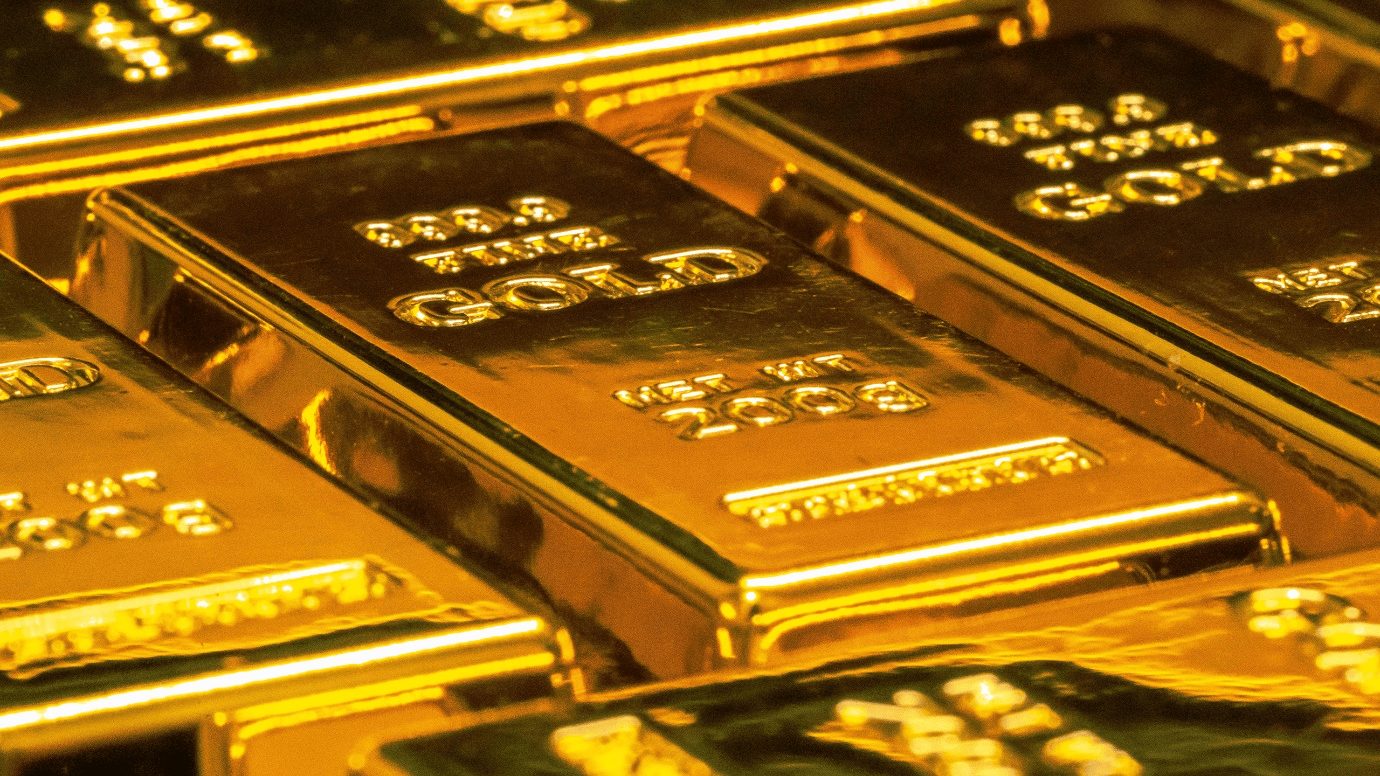
Why Skills-First Leadership Is Replacing the Ivy League Playbook in the C-Suite
The old prestige pyramid—where Ivy League degrees and blue-chip consulting backgrounds paved the way to the CEO seat—is cracking.

February 23, 2022: -Gold prices have been buoyed in the latest weeks as investors seek safe-havens amid fears of Russia, which invades Ukraine, but in the longer term, UBS Investment Bank’s Joni Teves predicts that current strength in gold prices will be “short-lived.”
On Monday, he spoke to CNBC before Russian President Vladimir Putin ordered forces into two breakaway regions of eastern Ukraine after announcing the Kremlin will recognize their independence.
On Tuesday, spot gold recently crossed the $1,900 level, previously sitting at $1,908.13 per ounce in the morning of Asia trading hours. That’s sharply higher than levels around $1,800 seen in February.
The latest escalation in Ukraine raised doubts more about the potential for a diplomatic resolution to the ongoing crisis. U.S. President Joe Biden has since ordered sanctions on the separatist regions of Ukraine, with the European Union vowing additional measures. Gold is traditionally seen as a safe investment in times of uncertainty.
Looking ahead, Teves said the gold market is expected to revert to focusing on macro drivers like real rates, U.S. Federal Reserve policy, and the growth outlook. UBS sees gold prices decreasing to $1,600 per ounce by the end of 2022.
“An environment where real rates are increasing and the Fed is tightening policy does provide a negative backdrop for gold,” she said. “We do think that the strength should ultimately be short-lived.”
As the end of the recent quarter approaches, the Fed is expected to raise interest rates at its March meeting to cool inflationary pressures, and Teves said that’s to put pressure on gold.
Expectations for higher interest rates tend to push higher yields of assets such as U.S. Treasurys, potentially lowering the attractiveness of a non-yielding asset such as gold. Still, she acknowledged that the upside risk for gold is rising.
“I think the key risk here is if we start to see reallocation into gold, with the expectation that although real rates are increasing higher, they are likely to remain in negative territory, and an allocation to gold remains attractive,” the strategist said.
Furthermore, allocations to gold could begin to rebuild as investors increase more concerned regarding economic growth slowing down as the Fed tightens policy, she said.

The old prestige pyramid—where Ivy League degrees and blue-chip consulting backgrounds paved the way to the CEO seat—is cracking.

Loud leaders once ruled the boardroom. Charisma was currency. Big talk drove big valuations.

But the CEOs who make history in downturns aren’t the ones with the deepest cuts

Companies invest millions in leadership development, yet many of their best executives leave within a few years. Why?

The most successful business leaders don’t just identify gaps in the market; they anticipate future needs before anyone else.

With technological advancements, shifting consumer expectations, and global interconnectedness, the role of business leaders

The Fort McMurray First Nation Group of Companies is the wholly owned business entity of Fort McMurray 468 First Nation. It was established in 1987 as Christina River Enterprises, and the organization rebranded as FMFN Group in 2021. Providing Construction, Custodial, Petro-Canada Fuel & Convenience Store, and Transportation services to a broad portfolio of customers, the Group of Companies is creating financial stability and prosperity for the Nation.

Maushum Basu is a visionary leader who inspires his team with a clear, compelling purpose. Unafraid to take calculated risks, he understands that growth often stems from change and innovation. His deep commitment to both Airia Brands, Inc.

When speaking with Martin Paquette, one thing is immediately apparent: he’s honest. His transparency is refreshing. While many shy away from such vulnerability, Paquette sees it as a force to reckon with. The incredible emotional intelligence speaks to years of looking within—it’s also what allows him to acknowledge his mistakes gracefully and use them as opportunities to innovate.

Marina Charriere, CEO of Star Drug Testing Services, Star Drug Testing Services (Windsor Park), and First Defence Face Masks go hand in hand. Star is a drug and alcohol testing facility, and First D F M is a face mask company.


Leave us a message
Subscribe
Fill the form our team will contact you
Advertise with us
Fill the form our team will contact you